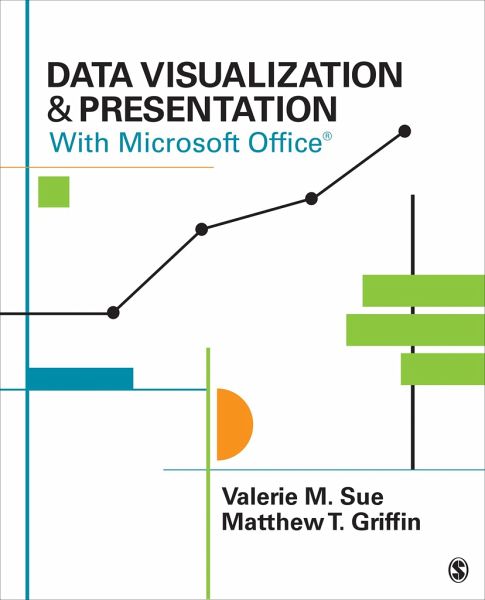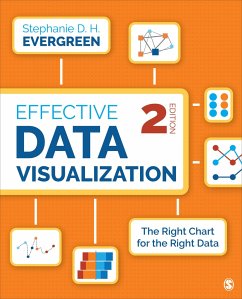
Data Visualization & Presentation With Microsoft Office
Versandkostenfrei!
Versandfertig in 2-4 Wochen
109,99 €
inkl. MwSt.

PAYBACK Punkte
55 °P sammeln!
Doing the job of a Microsoft Office manual, a graphic design text, and a data visualization book in one, this book covers the full range of tasks, from procuring data to presenting a report and provides step-by-step instructions for creating visual data displays












